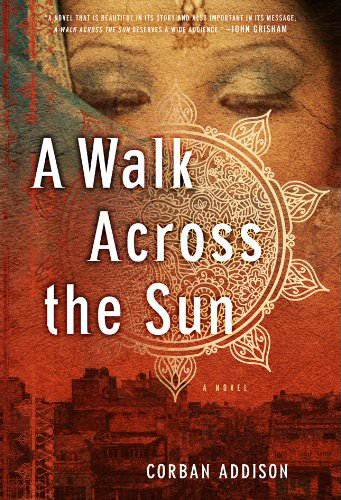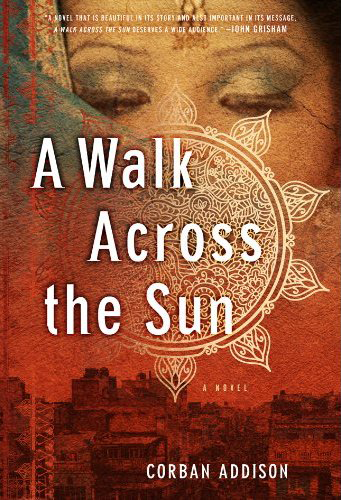Mental Health Paradigm
This is a guest post by Alicia Smith an independent writer from Blacksburg, SC. She is currently pursuing a master’s degree in health and medical journalism at the University of Georgia. She received a BA in English from Limestone College in Gaffney, SC in 2012.
When Dr. Cheryl Gagne was a teenager, she romanticized people with mental illness as charismatic outsiders.
“My image of mental illness was largely positive,” she told a room full of healthcare journalists at a recent conference in Boston. “They were on the margin of society because of their brilliance.”
This view was shaken when she learned from news reports that Mark David Chapman, who murdered John Lennon of the Beatles, had a history of delusions, obsessions, and substance abuse. Gagne was 19 at the time, and the idea that a mentally ill person could be so violent came as a total shock.
A few weeks later, Gagne, then a graduate student in biomedical research, flunked out of school and became a patient herself after being admitted to a psychiatric hospital due to her battle with drugs and alcohol, she told members of the Association of Healthcare Journalists during the conference.
This is a guest post by Alicia Smith an independent writer from Blacksburg, SC. She is currently pursuing a master’s degree in health and medical journalism at the University of Georgia. She received a BA in English from Limestone College in Gaffney, SC in 2012.
When Dr. Cheryl Gagne was a teenager, she romanticized people with mental illness as charismatic outsiders.
“My image of mental illness was largely positive,” she told a room full of healthcare journalists at a recent conference in Boston. “They were on the margin of society because of their brilliance.”
This view was shaken when she learned from news reports that Mark David Chapman, who murdered John Lennon of the Beatles, had a history of delusions, obsessions, and substance abuse. Gagne was 19 at the time, and the idea that a mentally ill person could be so violent came as a total shock.
A few weeks later, Gagne, then a graduate student in biomedical research, flunked out of school and became a patient herself after being admitted to a psychiatric hospital due to her battle with drugs and alcohol, she told members of the Association of Healthcare Journalists during the conference.





